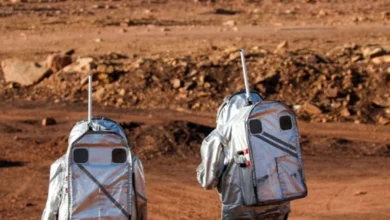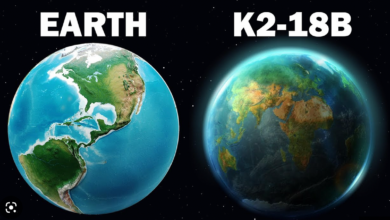Solar conjunction incoming, when mars goes silent
NASA's Jet Propulsion Laboratory have developed various strategies to handle this challenging period. Instruments on board are turned off; data is collected, and stored; and in some instances, data is sent to Earth.

For over two decades, the United States has carved out a constant presence on Mars, a tradition recently taken up by China with the introduction of its Tianwen spacecraft. However, every two years, these orbiting observers encounter a puzzling silent stretch of two weeks, during which no contact can be made with Earth. This mysterious communication blackout stems from an astronomical event known as solar conjunction.
What is solar conjunction?
Imagine Earth and Mars dancing around the Sun, their continuous orbit suddenly obscured by the Sun, rendering the two planets temporarily invisible to each other. This is solar conjunction: a period of celestial alignment that turns our interstellar explorers radio silent.

According to NASA, the next solar conjunction moratorium on commanding Mars spacecraft is set to occur from November 11 to November 25, 2023, with Mars tucked within 2 degrees of the Sun. During this period, any attempt to communicate with spacecraft in solar conjunction is subject to severe limitations due to the Sun’s interference with radio signals.
While this might seem risky, Mission controllers at NASA’s Jet Propulsion Laboratory have developed various strategies to handle this challenging period. Instruments on board are turned off; data is collected, and stored; and in some instances, data is sent to Earth, with the full knowledge that some of it might be lost due to the interference from the Sun. Not one instruction is sent to Mars during solar conjunction.
The unpredictability of potential data loss brought about by the Sun’s charged particles creates a risk not to take lightly. How does NASA reduce this? Engineers send two weeks’ worth of instructions in advance to the spacecraft and endure a tense waiting game. Thanks to advancements in autonomous technology, they can allow the spacecraft to operate on its own.
It’s not just NASA facing this intermittent setback, but also China and the UAE, both of whom have their very own spacecraft roaming above the Red Planet.
You might also be intersted in – Hyderabad unveils India’s first solar cycling track



